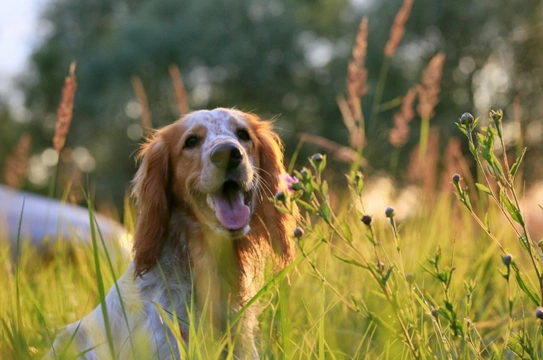
What you probably don’t know about dogs and sweating
“Dogs don’t sweat” is information that can be something of a surprise to first time dog owners, but furthermore this statement is actually untrue. A more accurate statement would be that “dogs don’t sweat like people do,” and that dogs don’t rely on sweating to keep them cool like people do; but aside from the knowledge that dogs produce very little liquid sweat or the misapprehension that dogs do not sweat at all, the understanding of dogs and how and why they sweat ends there for the average dog owner.
That is not all there is to know, however; there is a lot more to dog sweating than meets the eye (or nose!) and dogs might actually sweat a lot more than you think – but not to keep them cool.
This article will share some insights into things you probably don’t know about dogs and sweating, even if you think you’re pretty certain on the facts about dogs and sweat! Read on to learn more.
It’s a myth that dogs don’t sweat
Some dog owners will tell you with great confidence that dogs don’t sweat, but as mentioned, this is inaccurate. Dogs do produce sweat in small quantities from the pads of their paws, and their noses.
You might see this if your dog walks over the kitchen floor on a hot day, as you may see the marks from their sweaty paws! The sweat your dog’s paws produce shouldn’t smell of anything; if your dog has an almost cheesy smell to their feet, this can indicate a fungal infection, so have this looked into by your vet.
But dogs don’t sweat to stay cool
The small quantity of sweat your dog’s paws can produce when they’re hot is not sufficient to keep them cool; one theory is that it helps to provide grip when dogs are working hard and running around.
The sweat produced from the nose is very small in quantity too, and might help to trap scent particles to allow your dog to get a better sense of the smells that are present nearby or in small quantities.
Dogs are actually covered in sweat glands
Dogs only produce liquid sweat from the areas of their body that are not furry (or normally furry, as the lack of body sweat is true of hairless dogs like the Chinese crested too!) which limits it to the pads of the paws and the nose. The glands that produce liquid sweat are only present in skin pores that do not produce hair too.
However, dogs actually have sweat glands connected to every single hair follicle on their bodies – which means millions of them, as every follicle capable of producing hair also possesses a sweat gland.
These sweat glands don’t produce liquid sweat, which wouldn’t help the dog to cool down, as the sweat would not evaporate effectively under their fur. They’re not the same type of sweat glands that produce liquid sweat either, and work rather differently from them too.
Dogs even have different types of sweat glands
The dog’s sweat glands that produce liquid from the pads of the paws and the nose are eccrine glands.
However, the glands on the other parts of the body that are furry are rather different. All of the sweat glands are a type of apocrine glands, and these include the ceruminous glands and sebaceous glands in the ear canal, which together, produce ear wax, not sweat!
These glands could potentially be a vital part of canine communication
The apocrine glands altogether can serve different purposes and produce different substances depending on where on the body they are – like the nose versus the hair follicles. We aren’t totally sure why the dog’s body is covered in sweat glands that don’t produce sweat, and evolution tends to do away with features that are redundant, further confusing matters as dogs still have a whole body of sweat glands in place!
The most likely explanation for why dogs are covered in sweat glands if not for cooling is that all of these glands associated with the hair follicles are actually a type of scent glands, and that they produce pheromones, or chemical signatures that are totally unique to each dog, and which are transmitted between dogs as part of canine communication.
…But as we humans are comparatively nose blind, we might never know for sure!
We know that pheromones exist for sure, but we cannot always pinpoint or identify them and we don’t consciously smell them. As humans, our own sense of smell is really poor compared to even the average dog and we rely upon smell far less heavily than we do our more acute senses like sight and hearing.
This means that we don’t know for sure what, if anything, is produced by those sweat glands on the dog’s body, or even that they’re definitely glands that produce anything at all.



